5 Ways to love your woman captain at the helm – Part 1
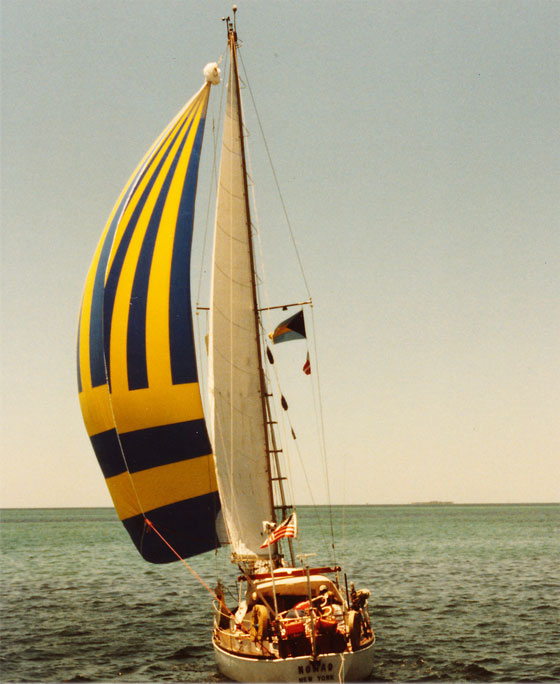
Estimated reading time 15 minutes – ” This is Captain Kate, but you can call me Captain because it took me 19 years to earn this title.
“Those are typically the first words that passengers hear booming over the speakers when they are aboard any cruise ship helmed by Captain Kate McCue. The announcement continues, like the woman who makes it, friendly and lighthearted, but also sharp and direct,” wrote Tariro Mzezewaa, a travel reporter for The New York Times, in her 2019 article. She happens to be one of my favorite travel writers.
She continued, explaining that Captain McCue became the first American woman to captain a cruise ship in 2015, and commands the Celebrity Equinox — a 122,000-ton, 1,041-foot ship in the Celebrity Cruises fleet. Starting in September 2019, Captain McCue has been at the helm of the Celebrity Edge, a billion-dollar ship that was designed by women and overseen by Lisa Lutoff-Perlo, Celebrity Cruises’ chief executive.
Perhaps not in large numbers, but women captains are all around us. I suppose all we have to do is just look. However, when looking at our pleasure boating world, it is hard to spot women at the helm. That includes our powerboat, Life’s AOK. Don’t blame me, I always ask my wife to take the helm. Well, okay, perhaps you can blame me partially, I suppose, especially after you read the opinion of Priscilla Travis, our guest expert, in this post.
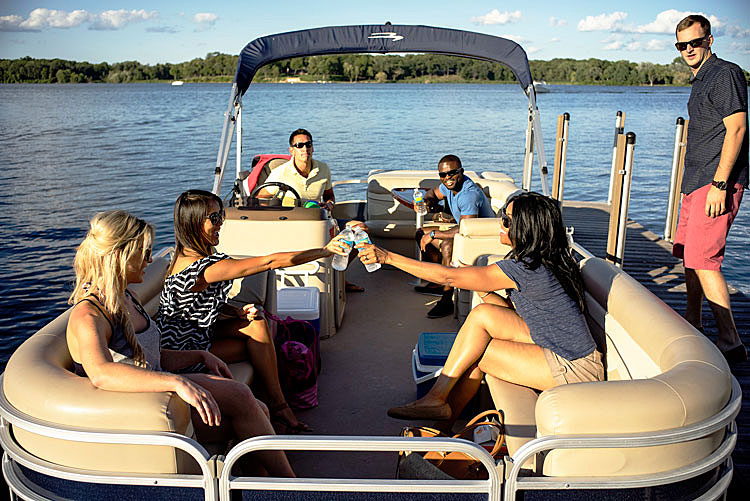
When we look at the statistics of our TripsOfDiscovery.com blog, we see that our avid female readers are 45.85 and male readers are 54.15. In other words, our readership has about 50-50 female and male readers. I am sure that that fact still holds water, pun intended, when it comes to the occupants of any pleasure boat. In other words, women, just like men, like boats, fun on the water, and adventure. However, where are some of those women that could be at the helm? Obviously, my observation is just a personal one and is not based on any finding of scientific research. However, I bet I am not far off from reality. Back in October 2020, the US Coast Guard (USCG) released its National Recreational Boating Safety Survey and it’s chock full of the demographics of those who took to the water in recreational vessels in 2018, as well as the profiles of boat ownership. Are you ready for this? According to the survey, an estimated 84.5 million Americans — more than 26% of the country’s total population — engaged in recreational boating at least once in 2018. Nearly 14.5 million U.S. households — or about 12% of total households — owned 25.4 million recreational boats. Then, what is happening here, ladies? Really, we see you in the driver’s seat of vehicles on land, what is going on? We see you all the time in boats along with your male Captains at the helm. How can we put more of you there at the helm of our pleasure boats?
Don’t allow fear, embarrassment, and uncertainty to stop you
Yes, I sincerely mean my above statement: Don’t allow fear, embarrassment, and uncertainty to stop you. It certainly doesn’t stop us men. We jump in head first. Remember, we men do not read instructions until after we try all other ways. When we first started, my wife and I took a few classes to assure safe boating, but trust me, after all that we, mostly I, still did not know what I was doing. To start with, I recall killing our batteries after our first docking. After we park our cars, do we turn off our batteries? No, why should we, right? Well, we quickly learned that pleasure boats are not like cars, you must turn off your batteries so that the next time you can start your boat engines again. In one of our earliest experiences, a windy day, we crashed into our own pier in front of a couple of onlooking neighbours. Heck, sometimes when mother nature is not so friendly, I still gently crash into our pier. Mind you, I am docking with the bow (the front) going first, the easiest way there is.
If you have not yet watched pleasure boats docking in commercial marinas, or water side restaurants, don’t worry, you may soon. Also, you may enjoy watching us struggling. There are so many variables to consider during docking. We need to have a safe and sound docking, of course, most of the time stern first. (As many of you know, the rear of a boat is called the stern.) Trust me, this experience is not anything like backing into a parking space in an empty shopping center parking lot. Even those of us who have more than a decade under our bellies, pun intended, can’t do it expertly, easily, without having someone on the dock helping us. That is where, afterwards, the tipping or simply ordering some drinks for helpful souls comes.
That is me, a man talking. Perhaps you may want to learn a woman’s angle on pleasure boating as a captain. Meet Priscilla Travis, a woman captain at the helm.
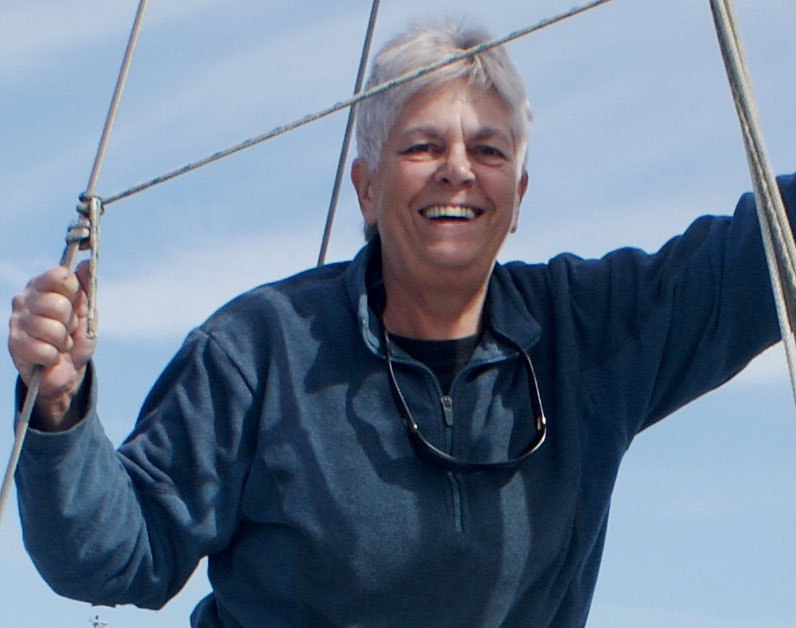
Although her frame is 5’ 6”, Captain Priscilla is a pleasure boating giant with a fantastic resume that would make any male pleasure boat captain jealous. She certainly makes me jealous, even though I’m a power boater. She has been sailing yachts of over 30 feet for more than 35 years, logging some 105,000 sea miles, with more than 5,000 miles as a solo skipper. A retired college Communications professor — are you ready for this — she holds a U.S. Coast Guard 100 Ton Master’s license, first issued in 1986.
If this does not impress you, how about this? During 10 summers and a 15-month cruise between academic years, she traveled in her 33-foot Dutch-built steel sloop, Nomad, from the Bahamas to Nova Scotia.
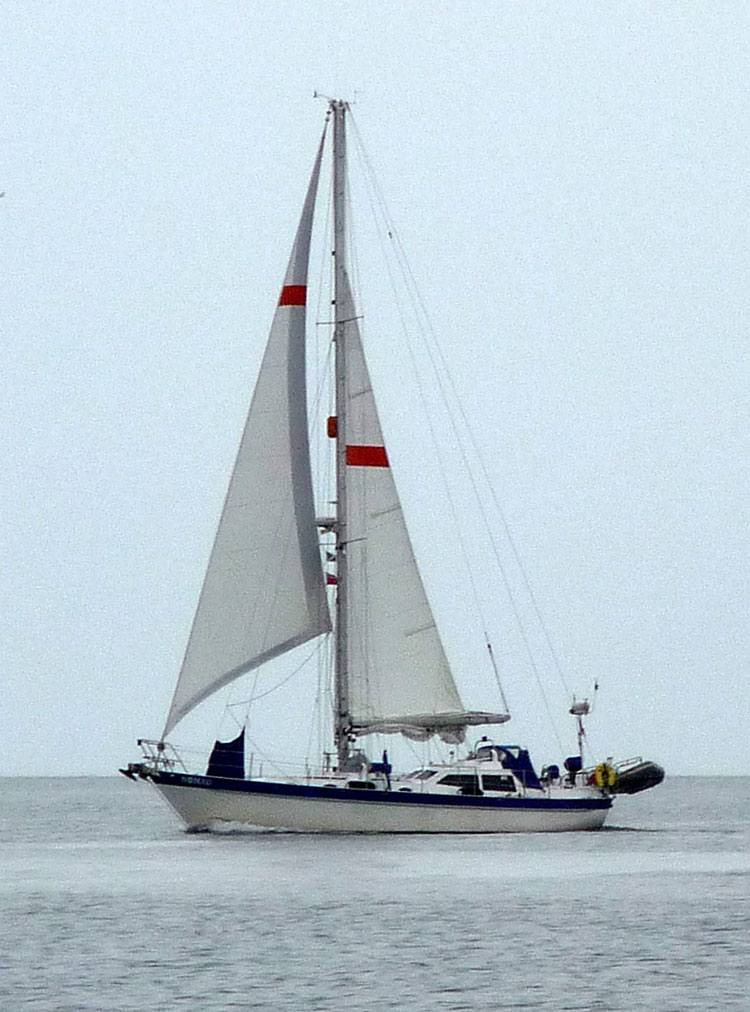
With her new Nomad, a 42-foot steel and aluminum cutter, she spent ten summers in the waters of Nova Scotia, Newfoundland, and Labrador. In 2003, she skippered her yacht on a high-latitude trans-Atlantic voyage to Scotland. Since then, Priscilla has been cruising 5 months each summer in European northern waters, enjoying a leisurely, mostly solo circumnavigation of the British Isles, 3 trips above the Arctic Circle, and 2 circumnavigations of Ireland.
In her spare time, she works her way through an eclectic nautical reading list and listens to classical music and Celtic roots-traditional music. She loves ships’ cats and sunrise at sea.
She is also the author of a one-of-a-kind reference book, a nautical dictionary, Mariner’s Guide to Nautical Information, published in 2011. The book contains, in alphabetical order, boating terms as well as nautical phrases that provide you quick insights in plain language that even the uninitiated can understand. As the introduction of the book puts it, “This modern nautical reference is intended for the complete novice and for those who are already enjoying time afloat.” In this nautical dictionary, “there are no presumptions about the reader’s familiarity with nautical terms.” Furthermore, she produced all the photos of the book by herself. In addition to her book, she has also written several articles for DIY Boaters Magazine.
Try to become like the Norwegians
Priscilla said that in most places if they see a man and a woman on deck, they assume the man is the captain. The exception is in Norway, where they look to see who’s at the helm. Okay, we all need to change our pleasure-boating mindset when it comes to assuming who is the captain and try to become like the Norwegians. I am all for that. So, how did the Norwegians develop that culture? “Most women in pleasure boating kind of grew up with it. They got used to being on a boat and daddy or uncle letting them take the helm, and they got good at it. And then nobody worried about the woman at the helm. I think that has a lot to do with it.”
She also thinks that there’s a patriarchal perspective in life that, in some cases, is good. “The man says, ‘here, let me do that.’ If it’s a heavy bag or moving something that’s too heavy, I’ll be very happy to let the guy do it. However, on the water, a man being helpful sometimes stops a woman’s initiative. The woman wants to learn how to do something.”
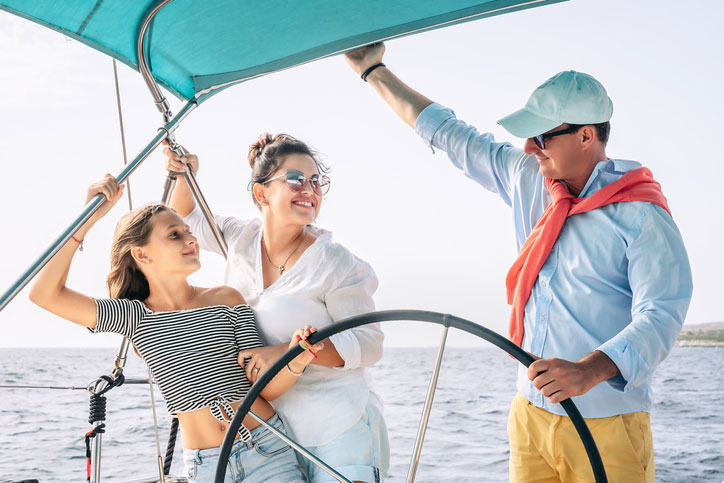
Continuing her explanation, Priscilla offered this insight. “Let’s say you have six people on a boat and three of them are men and three of them are women or some combination. The guy often will want to be helpful and say, here, let me do that, let me pull that line. And the woman, because we’re polite and we’ve been taught to let the guys do things for us, we step back and the guy does it and the guy pulls the line.” Referring to her teaching experience at the now-closed private Womanship program in Annapolis, Maryland, Priscilla observed that: “But when it’s all women on a boat, all we had were women instructors and women on the boat. That was it. Everybody did everything. And there was no, ‘here I’ll do it.’ Even if one of the women was big and strong and the woman that’s trying to learn something was a little tiny thing, a hundred pounds soaking wet. We all got to do it. And nobody judged.“
Men, don’t yell
Priscilla explained that she always felt like women are judged by men and women tend to hold back because of it. She said, ”That’s a really different environment because I spent a fair amount of time teaching women to sail on boats with all women.” And that fundamentally changes the dynamic. For one thing, women are more social and like to discuss things. “Once a woman learns how to do stuff, we like to read and talk about it. ‘Let’s, before we anchor, let’s meet in the cockpit and discuss what we’re going to do. Okay, Leyla, you’ll do this and I’ll do that. And Sally will do that and Gail will do that. And so on and so forth, we’d like to do that.’ What does the guy do? He drives up to the anchorage and he throws the anchor over.”
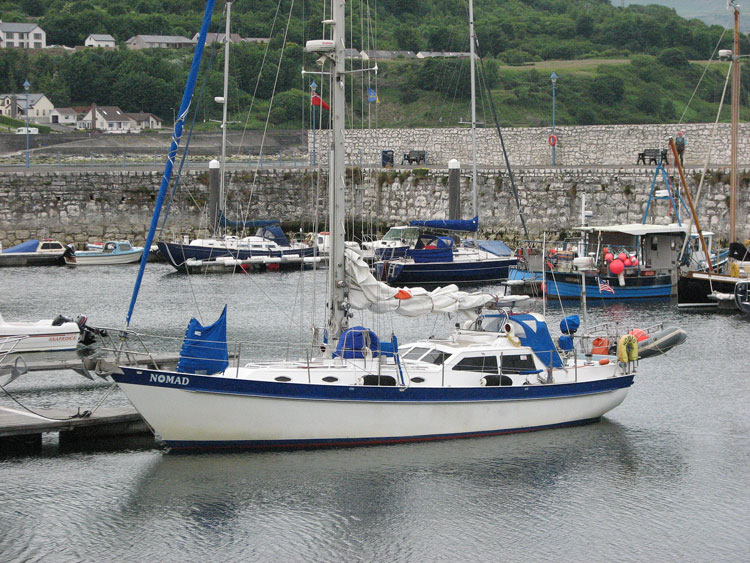
Further explaining that there are distinctive differences between women and men on how they deal with boats, Priscilla said, “You guys make fun of us. The women like to sit around and discuss. Well, if you think about it, we sit around and discuss how our kids grew up so that they didn’t kill themselves when they were growing up. So we tend to be more social. I’ll go back to the cave days when you guys were going around throwing rocks and catching cave bears for us to eat. Thank you very much.” Knowing that she is a retired university Communications professor, it made nothing but good sense to dig in and gain more insights on women in pleasure boating. She continued calmly, in a very friendly tone, “We have a different way of communicating. During the now-defunct Womanship programs, participants often asked, how do we deal with our male partners when they won’t let us do something or when they criticize or when they yell? So, the motto of the Womanship program was on our t-shirts: Nobody Yells. That was really important.”
Highlighting general male behavior, she explained that for so many women who have tried to learn something on a boat, the guy says, “No, don’t do it that way. Here, let me do it.” “Me, me, me, me, and what does that do? Let’s put this even down to a teenage boy. What happens when dad or another alpha male yells at somebody, they basically say politely, ‘Okay, I won’t do it.’ I think that’s part of a culture.”
Priscilla draws on her teaching at Womanship and gave a great example that we men mostly are oblivious or too busy to think about while we are underway. She said, “I think that [it’s important] having women-only classes where, because I’ve seen the effect, where women teach women and they’re out on the boat together and they do everything together, including heavy work. And they’ve realized that there are ways that you can do it, even if you’re not a great big strong man. I think that’s liberating.” That reminded me of the on-going co-ed versus all-girls school debate: Which one is better? While girls hailing from all-girls schools find the experience empowering, there are others who think a co-ed environment prepares them better for the realities that lie outside of the school walls. It turned out that Priscilla attended a women’s college. “I think it had a big influence, other than the fact that my dad treated me like a boy when I was supposed to do tough stuff and treated me like a girl when I went to the prom. You know, the kind of nurturing that guys give to sons because I was an only child,” she said.
You have to want to do it and you don’t have to learn it all at once
What if our boating experiences started when we were adults and we have nothing to draw on from our childhood or from our family, what then? I recall watching an episode of Sailing Millennial Falcon on YouTube, about a charismatic young couple, Adam and Khiara, who left Australia in 2018 to do a world tour. A viewer commented, asking where he could find a woman like Khiara, who repaired the engine, patched up the sails, and was pulled up to the top of the mast to fix something. Well, if you are one of those guys, or gals for that matter, take due notice of Priscilla’s following comments.
Priscilla explained that it depends on the background of individuals. In her case, her dad was an academic, but his hobby was woodworking and he had all kinds of tools. As a kid, she ended up learning a lot about tools. When she was in high school, she had a clunky old car. The brother of one of her girlfriends in high school worked on cars, and he taught her about car repairs.
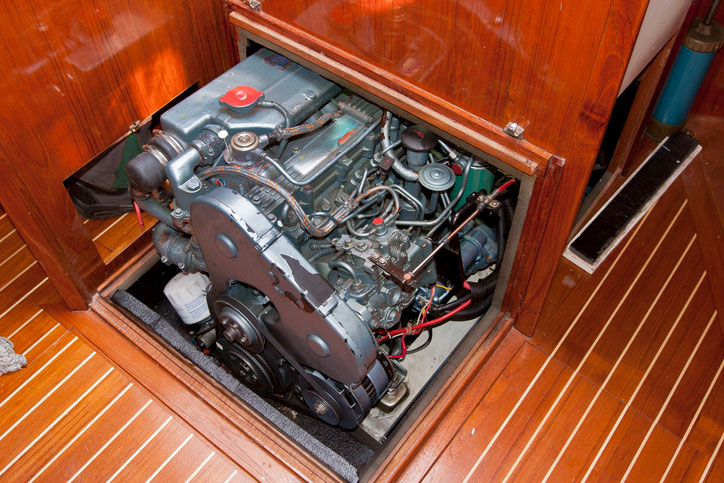
Her mother was a nurse, who could do all kinds of highly-creative sewing with old sewing machines and their various metal attachments. “But ask her what the spark plugs were on a car, and she had no idea. She just never was exposed to it.” She commented that most women are still not exposed to such technical things today. The big difference is that, “these days you go online and look at a YouTube video or you get a book. If you want to know how to change the oil in your engine, there is usually stuff in the engine manual. And if you don’t have an engine manual, you can get one online for the type of engine. So you learn how to do it, bit by bit by bit. You don’t have to learn it all at once. You also have to want to do it,” said Priscilla. Then she added, “I know guys who don’t work on their boats because they can’t and they don’t want to learn. So they pay some guy $120 an hour to not put engine oil back in the engine when they change the oil.” Folks, although she does not know me, that is me as well — but fortunately, my mechanic has been great and I have never experienced such an oversight.
Priscilla said, “I think there’s a split between ‘Gee, I’d like to learn that,’ and, ‘umm, no, I don’t know if I could learn that.’ The bottom line is it depends on the woman on board.” As Priscilla puts it, “Why don’t you want to do it? If you don’t want to do it because you’re nervous that you don’t know enough, the way you get to know enough is to do it, little by little. And then, you do learn how to do it. You know, the captain on helm may not even know some of the stuff that you think you don’t know; you both might be in the dark. My husband and I learned together. He had sailed at summer camp. I had had a small boat as a kid. Then we took classes together. And we learned by doing.”
Having fun is a must
I strongly believe in something that Dale Carnegie once said: “People rarely succeed unless they have fun in what they are doing.” Every day on the water is an opportunity for having fun and experiencing something new. One of the best examples lies in Priscilla’s travel experiences. She said, “Over 13 summers, when I was cruising northwest Europe, I met various customs and marine police officers as I sailed between Ireland, England, Scotland, Norway, and the Faroe Islands. All the officers were friendly and helpful, seeming more interested in the boat and me, particularly when I was sailing solo, than in an official visit.” She added, “In some ports, I was able to clear in with a phone call or a conversation standing on the dock and no one visited the boat, but three times officers came aboard.” Apparently, American-flagged yachts are somewhat of a curiosity over there, especially in remote ports, so her boat Nomad attracted attention. For one thing, they all knew what it took for her to get there. For another, folks in remote areas are often very friendly and love to meet visitors to their town. She never had trouble meeting people and getting a first-hand experience of the local culture. And it was a lot of fun.
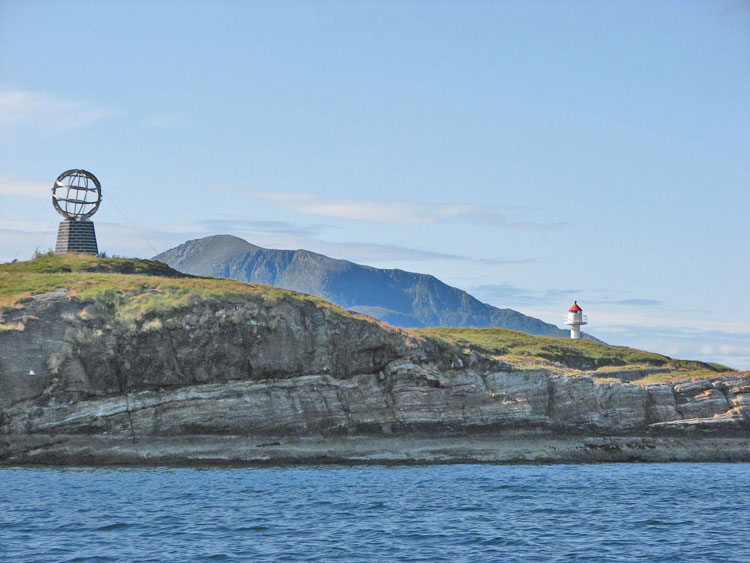
Well, that is it for now. More on Priscilla’s extensive pleasure boating experiences on the water in our next post, Part 2 of this story. You can read 5 ways to love your woman captain at the helm – Part 2 here.
Stay well. I hope to say hello to you if you spot my boat, Life’s AOK, in one of the locations that I’m hoping to visit in 2021, that is if Coronavirus permits us.
I bid you Fair Winds and Following Seas.
Cover photo: 33-foot Dutch-built steel sloop, Nomad, first sailboat of our guest Captain Priscilla Travis.
3 things I learned
- There are nearly infinite types and sizes of water vessels out there. Among them sailboats, powerboats, kayaks, canoes, personal watercraft, and so on. The term ‘pleasure boating’ covers all types of water vessels. All you have to do is just want to enjoy a water vessel.
- At what age should you start sailing lessons? The easy legal answer is 8 years old. Once a child is 8, they can legally learn to sail. But that doesn’t mean that is the right answer. Some children may not be ready for the responsibility, maturity, and physical aspects that accompany learning to sail.
- You must first check with your local authorities, of course, but know that some states allow youngsters to use small motor-driven boats as young as age 12. They are called Personal Watercraft (PWC). It is defined by law as, “A small vessel which uses an outboard motor or propeller-driven motor, or an inboard motor powering a water jet pump, as its primary source of motive power.” A list of states and minimum age requirements can be viewed here.
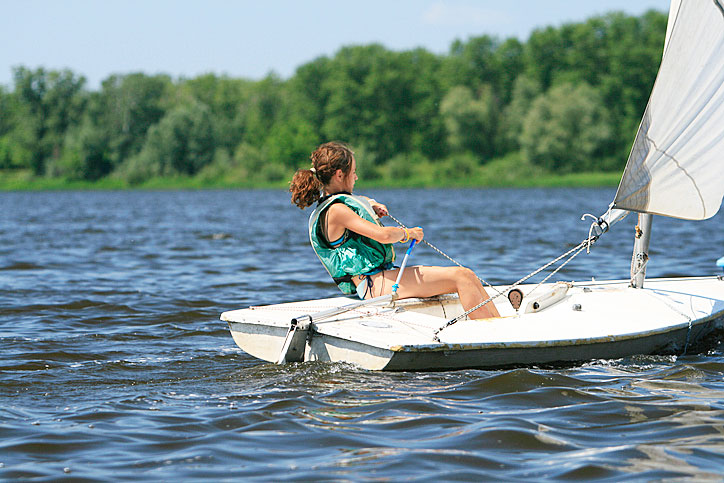
5 things I recommend
- It is never too young or too old to introduce someone to pleasure boating. You do not have to have a boat to enjoy boating.
- If you do not have a boat, become a member of a boating club nearby you. You can find one by joining America’s Boating Club. You’ll be surprised how many members would welcome a new crew member.
- After getting some training, you can take advantage of online services, such as Findacrew, CrewSeekers, SailingNetworks and many others.
- Join a time-shared power boating club, such as Freedom Boat Club as well as Sovereign Boat Club. Or if you want to sail, join a similar club for sailboats, SailTime.
- Read my article, You want to buy a boat, eh?
How easy?
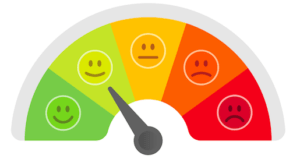

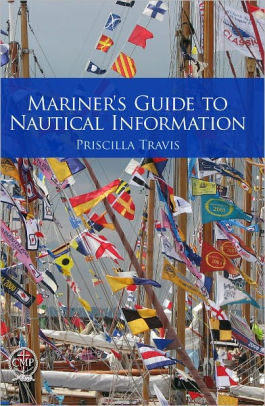

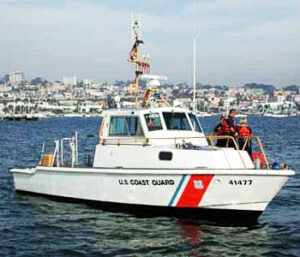



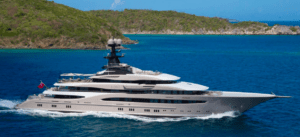







2 Responses
[…] man or woman, would love to have in their boat, just like our previous captains covered in Part 1 and Part 2 of this 3-part series. If you wonder about the other two women captains I just […]
[…] Part 1, we learned that Priscilla has been sailing yachts of over 30 feet for more than 35 years, logging […]